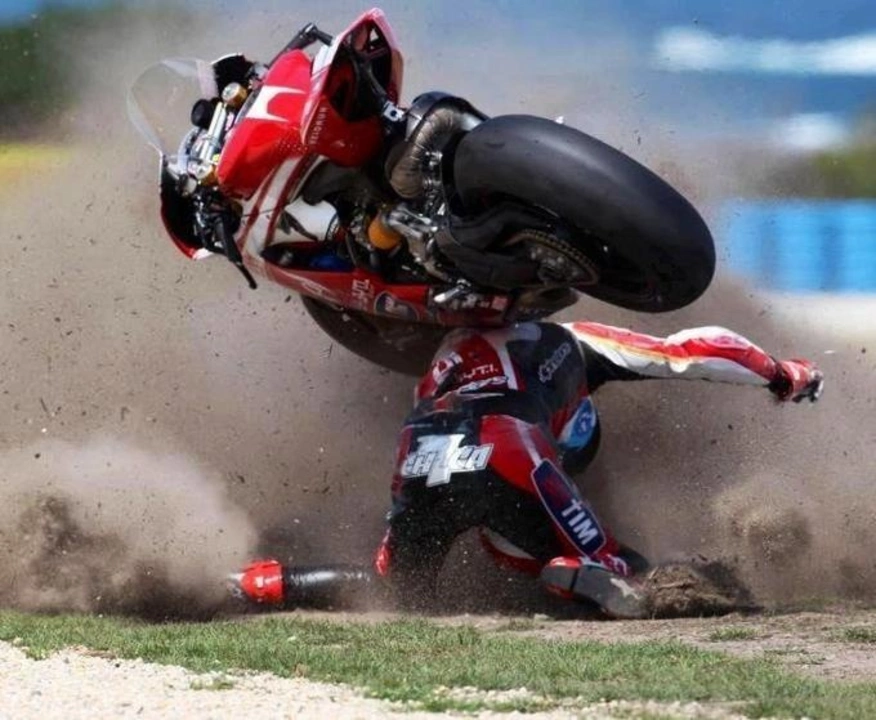Risks in Motorsports: What Every Fan Should Understand
Motorsports look thrilling, but behind the roar of engines lie real dangers. Whether you watch from the stands or dream of getting behind the wheel, knowing the main risks helps you appreciate the sport and stay safe.
Speed and Crash Threats
High speed is the core of racing, and it also creates the biggest crash risk. Cars travel over 200 mph in Formula 1, and even lower‑tier series hit 150 mph plus. At those numbers, a tiny mistake—braking too late or mis‑reading a corner—can turn a lap into a spin. Modern tracks use runoff areas, gravel traps, and energy‑absorbing barriers, but the impact can still be severe. Drivers rely on quick reflexes, precise lines, and constant communication with their engineers to keep the car stable.
One practical tip for aspiring racers is to start with karting or a driving school. Those environments teach you how to judge braking points and throttle control at lower speeds, building the muscle memory you’ll need later.
Equipment Failure and Mechanical Issues
Even the best‑built race car can suffer a component failure. A broken suspension arm, a tire blowout, or a hydraulic leak can cause a loss of control in an instant. Teams battle this risk with rigorous checks, telemetry monitoring, and spare parts ready for every pit stop. For fans, watching the pit crew’s swift tire changes or brake checks shows how much preparation goes into reducing mechanical surprises.
If you ever get the chance to sit in a race car, always double‑check safety gear: helmet straps, harnesses, and fire‑retardant suits. A loose strap can become a life‑threatening issue the moment the car hits a corner at full tilt.
Human Factors: Fatigue and Decision‑Making
Drivers push their bodies and minds to the limit. G‑forces, heat, and dehydration wear down focus. A lapse in concentration can mean missing a flag, misreading a rival’s move, or simply forgetting a gear change. That’s why race schedules include rest periods, and why driver fitness regimes cover cardio, strength, and mental training.
For anyone wanting to join the sport, treat fitness as seriously as driving practice. Hydration, proper nutrition, and sleep will keep your reaction time sharp when you finally hit the track.
Environmental and Weather Risks
Rain, wind, and extreme temperatures change track conditions in seconds. A dry line can become a slippery mess the moment a shower starts, and visibility can drop dramatically. Teams adjust tire choices and aerodynamics on the fly, but drivers still need to adapt their line and braking point.
When you’re at a race, pay attention to the weather forecast and watch how the track evolves. Noticing a wet patch early can explain a sudden spin or a driver’s cautious approach.
How the Sport Reduces Risk
Safety innovations keep evolving. Modern cars feature carbon‑fiber monocoques that protect the driver’s cabin, and HANS devices that stop neck injuries. Tracks are constantly upgraded with TecPro barriers that absorb energy better than old concrete walls. Regulations also limit how many laps a driver can run without a break, and they enforce strict crash‑test standards for every new car model.
What you can take away is simple: motorsports are dangerous, but the danger is managed. Understanding the main risks—speed, equipment, human factors, and weather—helps you respect the sport and stay safe if you ever step into a race car yourself.
So the next time you hear the roar of engines, remember the layers of safety behind that sound. It’s not just adrenaline; it’s a careful balance of skill, technology, and preparation that keeps drivers on their feet.
How dangerous is motorcycle racing?
Motorcycle racing can be quite dangerous, as it involves high speeds, close proximity to other riders, and often unpredictable surfaces. Injuries are common, ranging from minor falls to severe crashes that can lead to life-altering consequences or even fatalities. However, professional racers are well-equipped with protective gear, such as helmets, leathers, and airbag suits, that minimize the risks. Additionally, organizations that oversee motorcycle racing events prioritize safety measures and regulations to keep the sport as safe as possible. Nonetheless, it is crucial to have a healthy respect for the potential dangers and be well-prepared if you decide to participate in this adrenaline-fueled sport.



